14. Cargo 200 (Aleksei Balabanov, 2007)
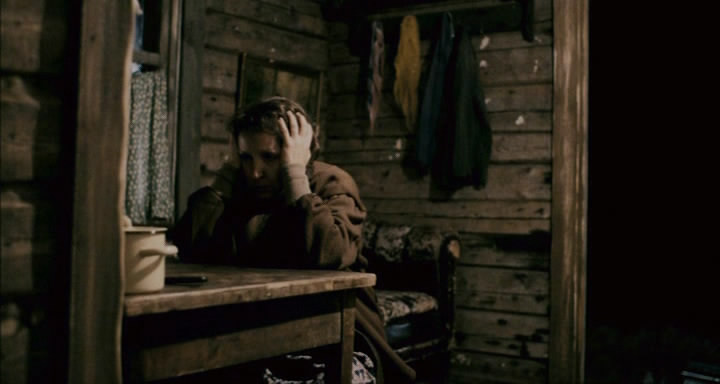
Alexei Balabanov has focused his career on period pieces. Cargo 200 is a harrowing depiction of late Soviet society through the lens of moonshiners in 1984. Balabanov has expressly stated that this movie is not meant to be a horror film, but the grim depiction of atrocities gives Cargo a grindhouse slasher flick feel.
In the film, an unassuming atheist professor is traveling from Leninsk to Leningrad to visit his brother. After his car breaks down, he meets a young man and his girlfriend. He ends up on a farm of moonshiners. Just outside the farm, a kidnapping of the young girl takes place. What ensues is a maelstrom of smuggling, rape, and murder. Balabanov creates a stomach churning array of gruesome sequences.
The film’s title refers to coffins that contained the bodies of Soviet Soldiers in Afghanistan. Whether the film is viewed as an over-the-top black comedy or a grizzly rebuke of the chaotic decline of the Soviet Union, the Cargo 200 is a beautifully shot and deftly acted thriller.
13. The Island (Pavel Lungin, 2006)
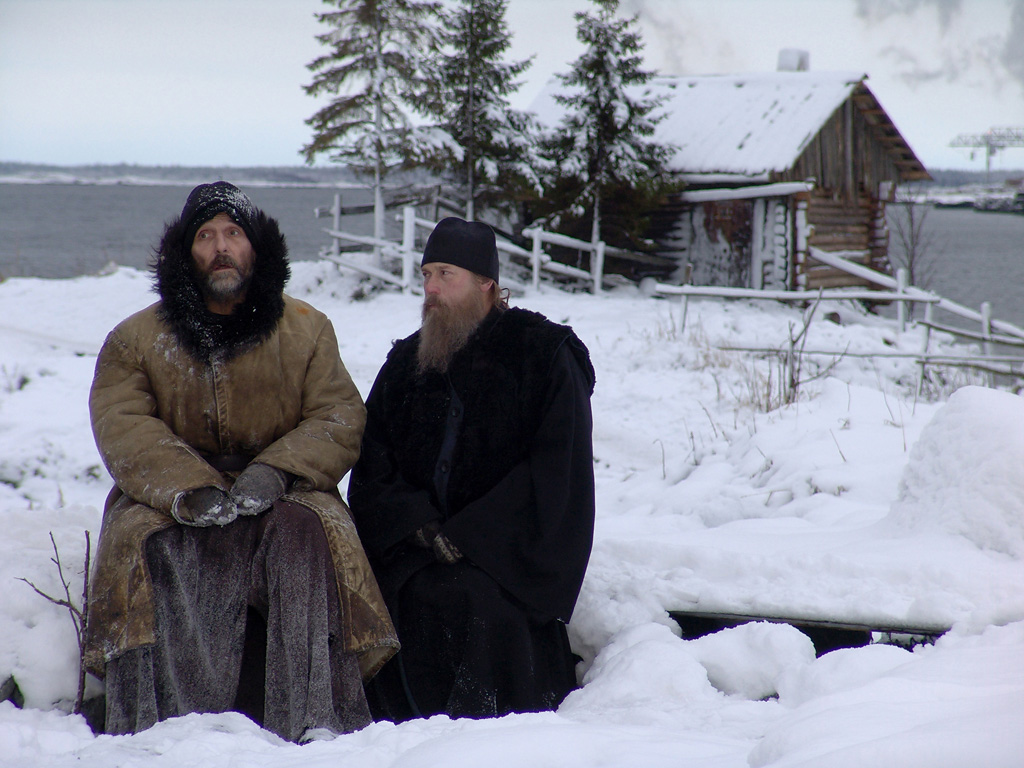
During WWII, a Sailor and his captain are captured by the Nazis off the coast of the White Sea in Pavel Lungin’s The Island. Aboard the Nazi ship, the main character Anatoly is given the agonizing choice to kill his captain in order to save his own life. He begrudgingly agrees. After being marooned on a small island, Anatoly is rescued by a group of Orthodox Monks and he decides to join the Monastery.
Decades later, Anatoly is a clairvoyant spiritualist who is overcome with guilt for killing his commanding officer. He has garnered a reputation for his magical abilities. He performs healing and exorcisms for children who visit the monastery. Eventually, the guilt he faces becomes overwhelming, and he repents for his sins by predicting his own death and being ritualistically buried.
The film has a simple and straightforward narrative. Bearing in mind the strong tradition of fatalism is Russian literature, Lungin’s Island is a moving parable about a man’s struggle with his own sins. Deeply spiritual and contemplative, this beautiful story is worthy of its comparison to classic Russian films and stories.
12. Mermaid (Anna Melikyan, 2007)
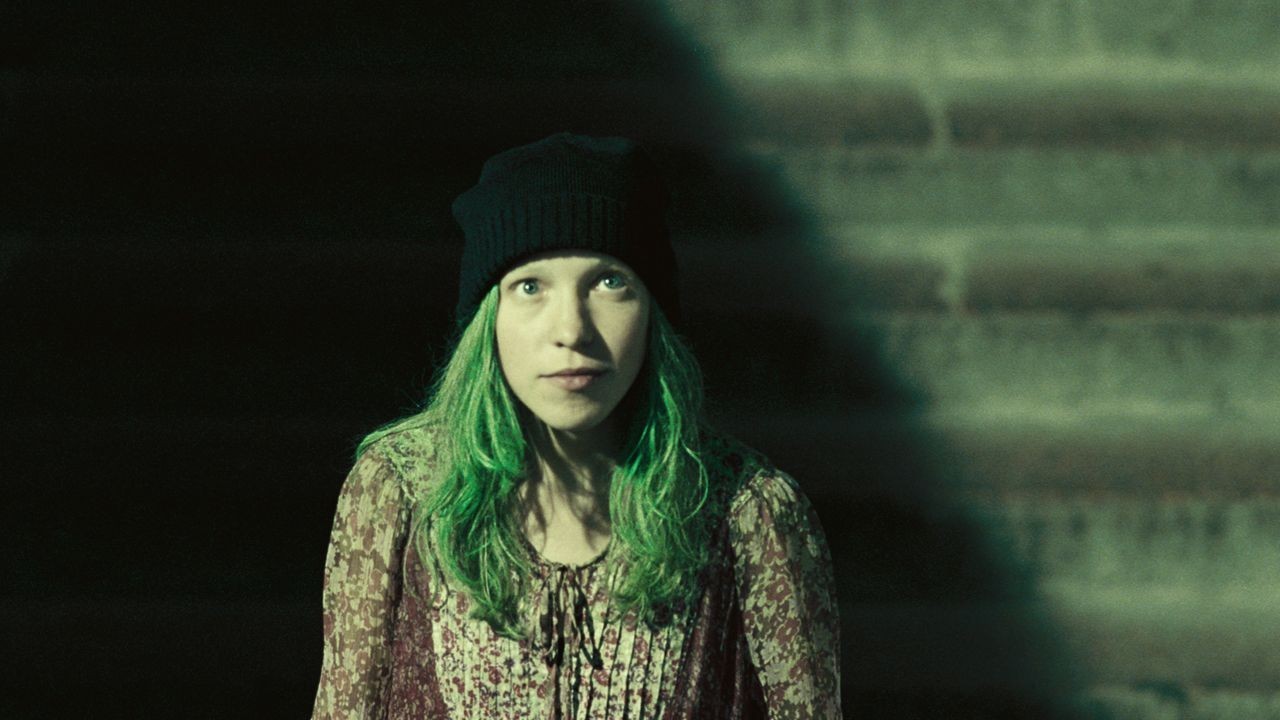
Mermaid is a radiant, colorful, and erratic modern re-telling of the Hans Christian Andersen fairy tale. Mariya Shalayeva delivers a phenomenal performance as the titular heroine and her life discovering her own magical capabilities. With its focus on a female coming of age and its highly stylized visuals, Mermaid been dubbed the Russian Amelie.
The story begins when the main character Alice is six years old. She is rejected from ballet school and catches her mother having an affair. Over time, she realizes she is able to bend nature to her will (similar to Roald Dahl’s Matilda). Her anger at her mother causes a hurricane that prompts her family to move to Moscow. Throughout the film, her powers continue to shape her fate. Though, Alice’s abilities are never able to bring her the happiness she desires.
The hyper-stylized approach Melikyan takes garnered a polarized reaction, but less debatable is the quality of the performance by Maria Shelayeva. The director stated that she wanted to use Anderson fairy tales as source material because of a preference for sad endings. What Mermaid lacks in redemption, it makes up for in a unique and bold experience.
11. Mongol (Sergei Bodrov, 2007)
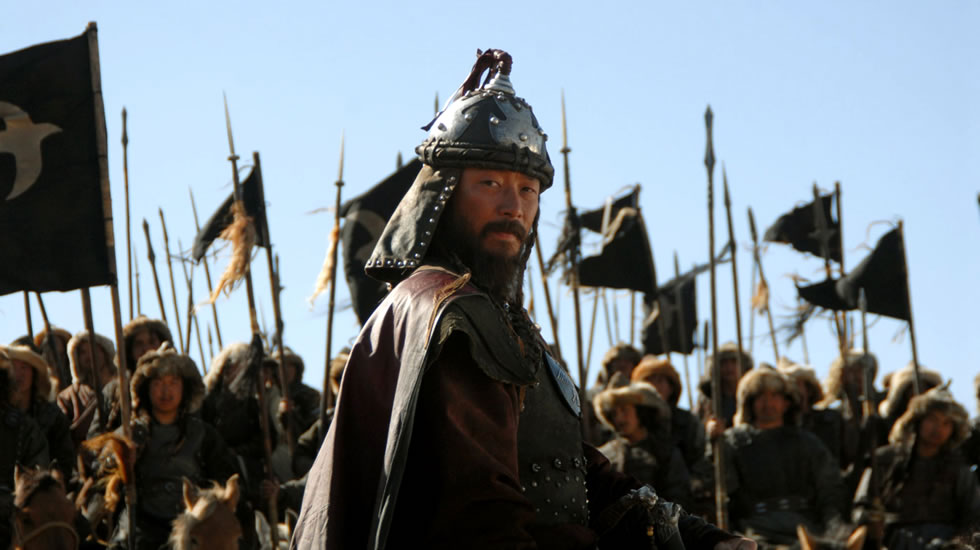
Russian Cinema provided one of the first great historical epics with Sergei Eisenstein’s monumental Ivan the Terrible. In that vein, Sergei Bodrov’s Mongol is an ambitious historical fiction epic about the early life of Genghis Khan.
Shot on location in Inner Mongolia, the story follows Temüjin as he flashes back to the earliest days of his life while in prison. He harkens to expeditions he embarked on with his father, choosing his wife, and becoming enslaved at the loss of a battle. Through a dizzying array of action sequences, the film chronicles the main character’s rise to become Genghis Khan.
The film makes little attempt to be historically accurate or culturally nuanced, but Mongol is filled with a number of well shot and well performed action sequences. As an historical epic, the film is bold and entertaining. It is one of the finer action films to be produced in Russia in the last decade.
10. Hipsters (Valery Todorovsky, 2008)
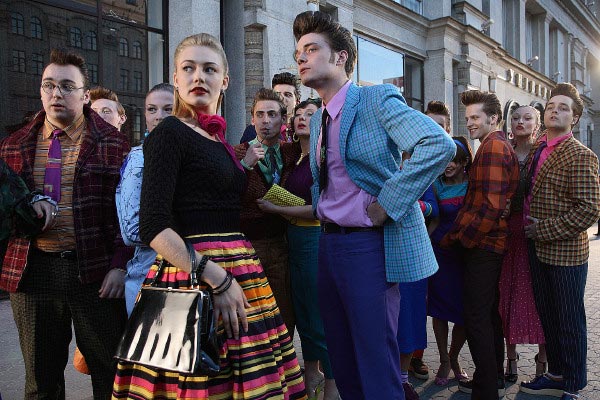
In the 1950s, rebellious Soviet youth formed counter culture around flamboyant western fashion trends in an attempt to emulate Buddy Holly and Elvis. They were derisively dubbed Stilyagi or ‘The Stylish’. While the film Stilyagi is sometimes translated as ‘Hipsters’ or ‘Beatniks’, there is no directly analogous western subculture for this unique Soviet phenomenon. Just as unique is this musical film portrayal that has drawn comparisons to the work of Baz Luhrmann for it’s over-the-top style and anachronistic soundtrack.
Youth organizations such as the Pioneers (similar to Boy Scouts) and the Komsomol (a teen oriented Soviet youth organization) were considered crucial for connecting young people to Soviet ideals.
The movie begins with a group of Komsomol adolescents gleefully bullying a group of the stilyagi pariahs in Moscow’s Gorky Park. The conflict between Red loyalists and countercultural rebels becomes the crux of the plot. As the unfortunate stilyagi members struggle to avoid nonconformity, some of the groups members try steadfastly to remain faithful.
The film’s final sequence culminates in a memorable musical number that creates a through-line from the stilyagi to the punk scene that took root in the 1980s. The soundtrack is comprised of notable rock covers from major Russian bands such as Kino. Initial reaction was lukewarm as Russian critics did not know what to make of the anachronisms and off-kilter plot. In the years since its release however, Stilyagi has become a cult hit for Russians and Russophiles for its whimsical portrayal of this fascinating group.
9. Elena (Andrei Zvyaginstev, 2011)
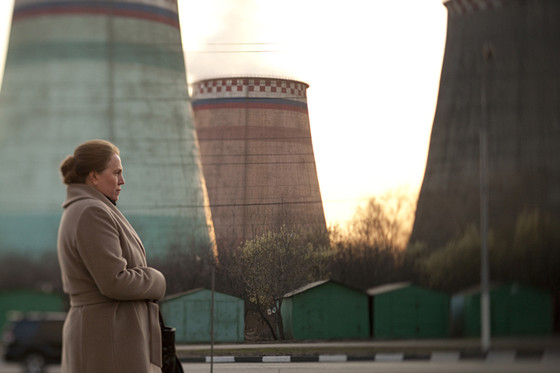
After he failed to make waves with his second film The Banishment in 2007, Andrei Zvyaginstev’s follow-up Elena cemented his artistry, as well as his unwillingness to compromise in his portrayals of the modern Russian state. This film offers a depiction of inequality in which Russia’s immensely powerful upper class protects its own interests as it looks down with scorn upon the flailing masses.
The titular character, played brilliantly by Nadezhda Markina, is a home care aid who won an ostensible lottery by marrying one of her wealthy patients. She is left in a state of ennui as she cares for her ailing husband and uses his money to support her profligate, irresponsible son Sergei. Their wealthy neighborhood, much like the Russian bourgeoise itself, is sparsely populated.
After Elena’s husband is hospitalized with a heart attack, family conflicts are stoked anew, and Elena must devise a plan to ensure that her family does not end up like the derelict Muscovites shown throughout the movie.
Elena serves as both a macropolitical commentary on the scourge of inequality while also being deeply personal. Zvyaginstev finds the perfect way to demonstrate the vast chasm between the rich and the poor in Elena’s story.
Cinematographer Mikhail Krichman does a wonderful job depicting the contradictions of the luxurious lifestyle of the rich few with the chaotic existence of the poor many. The film envisions modern society as more of a state of nature than a civilization. Elena is well deserving of its critical praise and award winning pedigree.
8. The Italian (Andrei Kravchuk, 2005)
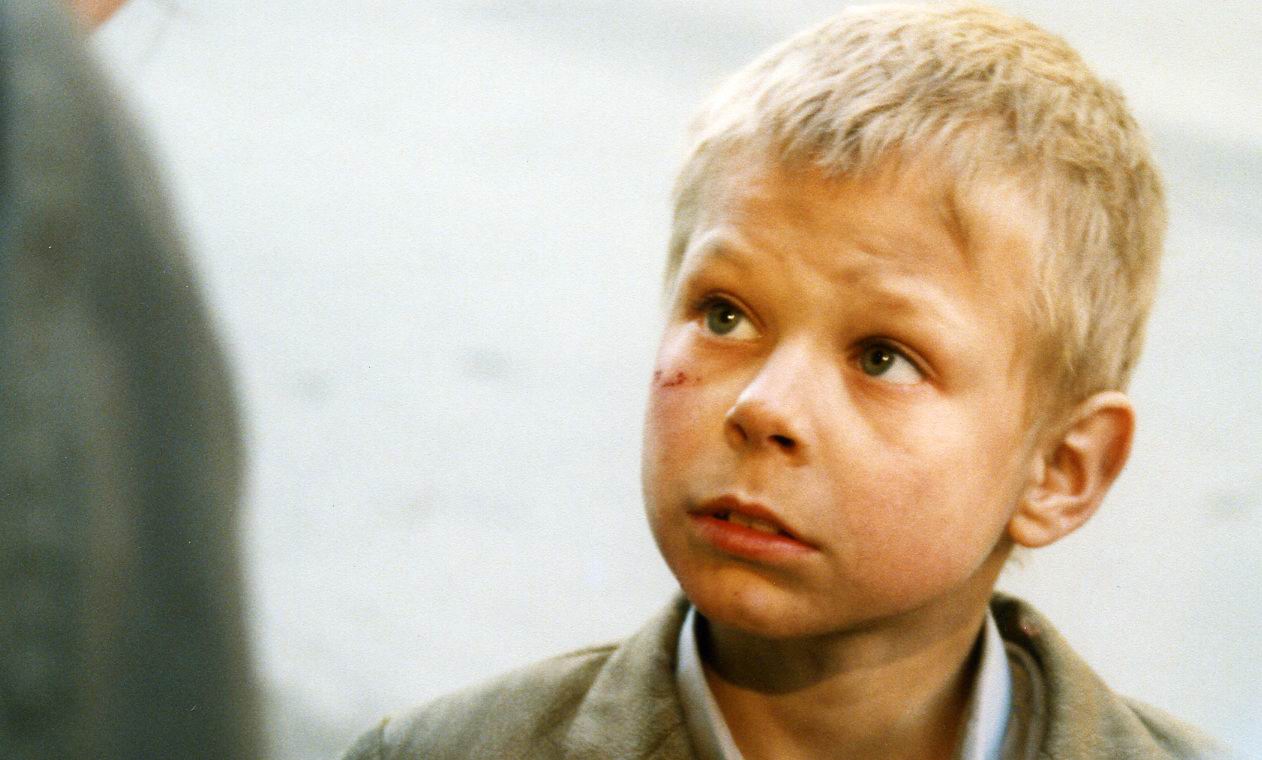
From Tarkovsky’s Ivan’s Childhood to Elem Klimov’s Come and See, children forced into maturity because of circumstances is a running theme in Russian cinema. The Italian beautifully chronicles the story of a young boy in a rundown orphanage. With uncompromising realism, director Andrei Kravchuck delves into the milieu of rural Russian life.
The main character, Vanya, which is perhaps an homage to the “Ivan the Fool” character of Russian folklore, is selected by an Italian family to be adopted. The other orphans grow envious and mockingly refer to him as The Italian.
Rather than delight in his good fortune, however, Vanya is plagued by the sense that his birth mother is still alive and he must find her. He escapes the orphanage before he is handed over to his adoptive parents to set off on a quest to find his birth mother. What ensues is a cat-and-mouse game played between the greedy Madam of the orphanage and Vanya.
Vanya represents innocence and idealism in the face of decrepit conditions and moral decay. Even against long odds, the young hero remains cunning and determined. It was undoubtedly no accident that the film was called The Italian, while containing a simplistic realism that drew comparisons to the works of Roberto Rosselini and Vittorio Da Sica. Overall, the film is a quintessentially Russian story that is very well delivered.